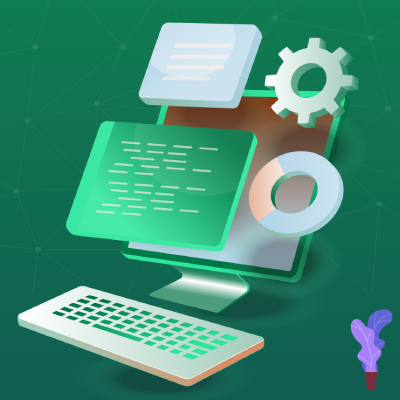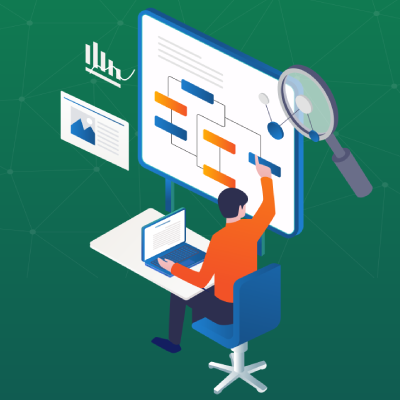Effective Tips for Writing A Comprehensive Report for A Data Analysis Assignment

Use our tips on statistics assignment to curate the most effective report for any data analysis project. In this blog, we explain everything you need to do for an effective report.
Every data project requires that the findings be presented in a comprehensive data analysis report. A report is written to communicate some information to a given audience clearly. Writing a report during your coursework prepares you to write better ones in your workplace.
While the process is far from simple, you can master it using the right guidance. After all, practice makes perfect. Read this blog to understand how you can pen down a straightforward and informative data analysis report that communicates everything about your previous assignment. Here we go.
What Makes a Good Report?
1. Adherence to Instructions
Every report writing assignment comes with a brief that describes what you should include in it. Such may include the purpose, target audience, things to address, and formatting requirements, to mention a few. You must follow all these guidelines to increase your chances of scoring the most out of your report.
2. Language
The language of any report should generally be formal, succinct, and straight to the point. Keep your reader in mind while writing. For example, if you're writing for a less knowledgeable audience, ensure that you speak to them by quoting technical terms in a language that is easier to understand.

3. Structure
A good report should assume an accurately organized structure with several headings and subheadings. It should also have paragraphs, bullet points, graphs, and a proper sentence structure.
4. Analysis
All data and information presented in your data analysis report should be analyzed. You can use Excel, Stata, SAS, R, SPSS, and other software for statistical reports. You can do a regression analysis, ANOVA, descriptive analysis, and time series analysis, to mention a few. If you do not understand how to Goa about any of these, we advise you to get assistance from a specialist online.
5. Sources
You expect to use a few sources of information while writing your report. It would be best to acknowledge and reference each source throughout your report.
6. Use Strong Paragraphs
Paragraphs are the building blocks of any report. So, if you want to keep your report organized and logical, you must stick to the format of a strong paragraph. We recommend 8-12 line long paragraphs, but your examiner may give other instructions. Each paragraph should talk about a topic/idea. You can use the following structure for your paragraphs:
- Mention what the paragraph will be talking about
- Explain, analyze, and support your point above
- Summarize how the evidence you have supports your point
- Introduce what's coming next
Before Writing the Report
Who Is Your Audience?
Consider who will read your report (or take it from the instructions) and customize it to suit their understanding. Consider the following while crafting your data analysis report for any audience:
- The vocabulary used
- The abbreviations
- How deep you explain each point
- The types of diagrams you'll add
Which Sections Do You Want To Include?
Once you understand your audience, the next thing you would want to consider is drafting your data analysis report. Think about the sections you want to cover and what goes into each section. Conventionally, every report should contain an introduction, the body, and a conclusion. Each of these sections has sub-sections that we discuss below.
The Report Structure
Title Page
The title page displays several things like the title and subtitle of the report, student name and number, module details, and others. Usually, this page is artistically decorated.
Executive Summary
In simple terms, the executive summary is a short section of your report that summarizes it so that readers can get acquainted with the whole report before delving into the finer details. We recommend within this section after completing your report as it's usually difficult to articulate the summary of a report that you haven't written already. Make it about 10% of the whole report.

Table of Contents
This section carries a list of all chapters, headings, subheadings, and their page numbers to simplify the process of locating various sections of the report. Keep up with a clear numbering system in this section, and ensure that you follow any instructions given by your lecturer about this section.
Introduction
The introduction of a report should briefly describe the background, aim, and purpose of your report. A good data analysis report should also include several hypotheses, aims, and objectives. We also recommend assigning definitions for technical terms used in your report here. It would be best if you also wrote this section after completing your report because you shall be better positioned to detail everything in it.
Data
Please explain the data you used to conduct your analysis. Ensure that you include details of how you collected the data, explain how you obtained your sample, talk more about the tools and resources you used, and articulate how you organized your data.
Methods
Here, you will be talking more about the methods used to analyze your data. Basically, you'll explain why you thought a certain method was the best to use in your analysis according to your objectives. You may need to give some background information about the resources used and their suitability for your study.
Many students usually find it difficult to write this section given gaps in their knowledge of modern statistical software like SPSS. But thanks to the internet, students can find SPSS help from accomplished experts at a small cost online.
Analysis
This section combines the methods and data sections by showing how you've analyzed the specified data using the method explained in the above section. This is where you show all your calculations, analyses, and charts step-by-step. You must explain each section clearly, taking care of a less informed audience.
Again, students dread this section as it requires deep technical knowledge of the analysis process, especially when tools like Stata are used. Luckily, they can get it done online by experts at a cost. For example, if you need assistance with Stata, you can find an experienced specialist to bail you out.
Results
The results section is arguably the most important part of the body of your report. It is also the final section. Most readers will usually skip the rest of your report and go over this section, which answers all the questions you raised in your research.
Share all the results you reached and inform your reader about new facts and evidence. Use numbers to explain this section and explain the numbers using words in simple English. Summarize the body of the report at this point on a strong note.
Conclusion
Lastly, you must write a short but informative conclusion about your report. The conclusion generally talks about what is in the body of the report by including only the most important details. Use simple explanations to deliver your findings. And when it comes to the length, follow your lecturer's instructions. But if there are none, ensure that this section doesn't go beyond one page.
Data Visualization Elements
Include a data visualization section with various elements that make it easy for anyone inexperienced to understand your language. Data visualization elements in statistics are best if presented using R. You can use R to present the following and more:
- Graphs
- Tables
- Maps
- Charts
However, it's not unusual to have little understanding of how to use R for data visualization. Don't hesitate to seek R support from specialists online. Such experts can help you with presenting any type of visualization because of their deep insight.
Proofreading and Editing
Ensure that you proofread and edit your work because there are high chances of going wrong in any of the sections above. You can't skip this step. Therefore, proofread to eliminate grammar mistakes and typos, improve your sentence structure, edit vocabulary choices, rearrange sections, and more.
We again recommend asking an expert to help you complete this last task if you have problems with anything. Perhaps you don't understand how to use R or Stata, or you need an Excel specialist to intervene in the data analysis section editing. Don't worry about it. Just find an expert online to help you get it done.